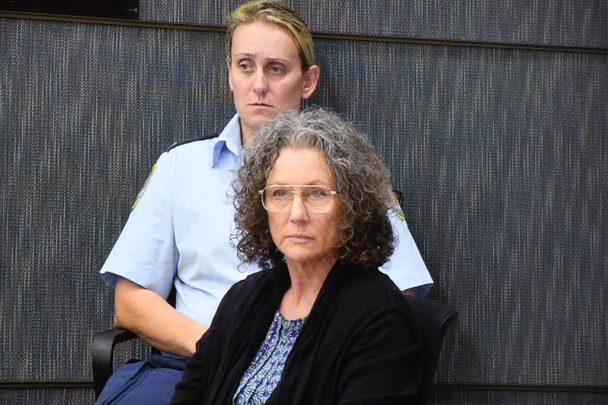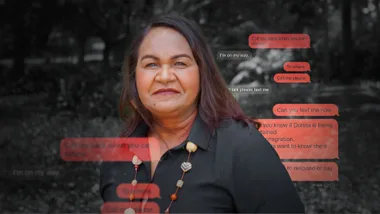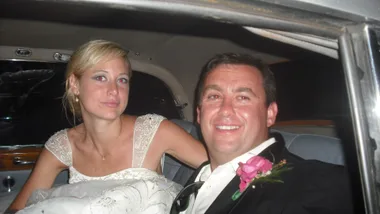Shocking new research shows biological mothers are the largest offender group and the number of child victims is growing every year. Why are we ignoring this national tragedy?
In April this year, the woman known as ‘Australia’s worst female serial killer’ sat quietly in a courtroom in Sydney, waiting to testify at a judicial inquiry that she and her supporters hoped would overturn her convictions for the deaths of her four babies. In 2003, Kathleen Folbigg was sentenced to a minimum of 25 years’ jail for killing Caleb, 19 days old, Patrick, four months, Sarah, 10 months, and Laura, 19 months, over a 10-year period from 1989 to 1999.
Folbigg, who has always maintained her innocence, wore a neatly buttoned cardigan as she faced a panel of lawyers and a bank of reporters with laptops and notebooks in hand. Now 52, her soft face was framed with grey curls. At one point she wept as she was cross-examined about a collection of diaries that she had kept during her children’s short lives, and after their deaths. She wrote of her “dark moods”, her feelings of failure and her lack of support. “In my most dangerous mood I’m not nice to be around,” she wrote on July 6, 1997, after her first three children had already died, and a month before her fourth and final child, Laura, would be born. When pressed at the inquiry, she insisted that she didn’t believe herself to be a danger to her children, exactly, but that she was simply depressed and overwhelmed. “A dangerous mood to me equals depression, but it does not mean dangerous … as in, dangerous.”
At the time of writing, the inquiry had not handed down its findings about whether or not Folbigg’s convictions will stand. The hearing produced little or no new evidence to indicate that her babies had died from anything other than her intervention, even if it’s not entirely clear that Folbigg herself remembers the incidents. But the resurfacing of this infamous 16-year-old case once again threw the dark and upsetting issue of filicide in Australia into the spotlight, and posed the question: what, if anything, have authorities done since Folbigg’s four babies died to stop similar tragedies happening again?

Between 2000 and 2010, the rates of filicide in Australia have remained unchanged, which is shocking enough in itself, but what is particularly alarming is that mothers are killing more than fathers. A total of 284 children were killed during this time by a parent or a step-parent, the equivalent of about one child every two weeks. Of those, 133 were killed by their mothers, and 81 were killed by their fathers, with the remaining children killed by stepfathers (it should be noted that stepfathers are over-represented considering they are a relatively small group in the first place). And because data collection is so poor, and some filicides may be classified as accidents or not known at all, this may be the tip of the iceberg.
In the same period, other developed countries including the UK and Canada have seen their rates of filicide drop significantly – although variations in definitions and data collection methods make it difficult to draw precise comparisons, and experts in both countries are unclear about which measures may have caused the improvements. But what is clear is that Australia is not doing enough. “It’s very clear that we’re not attacking the problem at all,” says Thea Brown, professor emeritus and director of the Monash/Deakin Filicide Research Hub, who has been studying family violence for 30 years. “There seems to be a sort of lassitude and reluctance to confront what’s happening.”
Before any problem can be solved, the issue needs to be understood. And, on that front, filicide poses a unique set of challenges. It’s an extraordinarily complex crime, with its causes and motives varying from case to case and any prevention strategies necessarily falling across several agencies and sectors. A mother at risk of killing her newborn because she is suffering from postnatal depression requires a completely different intervention strategy to a father who murders an older child during an impulsive, violent attack. But we are currently letting down Australian children in both of these scenarios, and many others as well.
When it comes to mothers who kill their children because of mental health issues – whether postpartum or later in the child’s life – we’re not doing much better than we were when Folbigg slipped through the cracks.
In May this year, 33-year-old Tanja Ludwig jumped to her death from a cliff near Wollongong, south of Sydney, with her two-year-old daughter Tilly in her arms. She had recently separated from her partner, but friends said they noticed nothing amiss before the tragedy happened. However, her last Facebook post may have revealed something about her state of mind.
“It’s OK not to be OK. We all need support sometimes,” she wrote next to a list of counselling services. Distraught friends told reporters later that they hoped Ludwig wouldn’t be judged by her final, appalling act. “It’s important that people realise she’s not a monster,” Ludwig’s friend Janae Johnston told the media. “She was trying to help herself.”
Cries for help, particularly from mothers struggling to cope, should never, ever be ignored, as bereaved father John Richards (not his real name) knows only too well. Richards had only four weeks with his newborn son in 2008 before he was smothered to death by his mother, who ultimately avoided jail because of her mental health. When he thinks back to the events that led to that moment, he can see the terrible storm of circumstances that should have raised alarm bells. His ex-wife had a family history of mental illness, she had suffered extensive childhood trauma and complained repeatedly of not feeling able to cope with her newborn. But no-one intervened. Years after the event, Richards thinks of the death of his son with a resigned numbness. “It’s very easy to blame the health professionals, but they can’t read minds,” he says.
Former detective chief superintendent Russell Wate, a leading expert on child death investigations in the UK, says that in his country there are services set up to better intervene with mothers who may be at risk of filicide. “Often we think of mothers who kill their children as having a psychotic episode, but it’s often more the result of low moods, something that a GP would pick up rather than a mental health worker,” says Wate. In the UK, new mothers are visited regularly by health workers until a child turns four. They are trained to look for how mental health concerns may be affecting the mother, but also consider whether the children in a mother’s care could be at risk.
“England has a much wider and deeper range of services associated with parents and children and they have developed more concerted plans for dealing with child/parent problems,” Brown says. “Whereas here, our geography means we have large areas with few people living in them. So you get an unavailability of – or inaccessible – services. And then, when dealing with the adult, [a service provider] may not even recognise that the adult presents a danger to a child. If a mother is having psychiatric treatment, it doesn’t occur to them to ask, ‘Who is looking after her child? Does she present a danger to the child and should I be putting something in place to protect that child?’ It seems to have been something we’ve let drop off”.
In 2018, another Australian mother nearly killed her entire family, despite the fact that she had reached out to a psychiatrist to make her intentions clear. The unnamed woman from Adelaide fed her four children, who were aged between 10 and 17, chocolate milk that had been laced with sleeping tablets with the intention of killing them and then herself. The children reported “feeling funny and strange, abnormal and slow” before falling asleep, according to the judge who heard the case and later sentenced the mother to three years’ jail. Mercifully, the woman changed her mind and rang a friend to confess what she’d done and the children were given urgent medical attention. But it’s unclear why the psychiatrist, who the mother had told of her plans just three days prior, had not taken her seriously enough to act.
Custodial fathers and stepfathers who kill have different profiles than mothers who kill. Mental illness is equally prevalent for this group but they often also have a criminal history, likely a violent one. About 43 per cent of men – including non-custodial fathers – who commit filicide have previous convictions for domestic violence. Logically, prevention of fillicide caused by these sorts of perpetrators should be included in domestic violence prevention and family law policies. But no state or federal policies or frameworks look at fillicide as a standalone issue. “There is no national or state organisation addressing this problem, or providing a base from which the problem can be addressed,” Brown points out. One national policy, Creating Child Safe Organisations, focuses on child safety, but does not directly target filicide.
When approached by marie claire, a spokesperson from the Department of Social Services pointed to the National Office for Child Safety as an agency committed to protecting children, and added that the federal government had earmarked $3.9 million for start-up costs for a national child protection information sharing system that would allow child protection information to be better disseminated between states and territories, but did not indicate any plans to address filicide.
Brown and other experts say that these piecemeal solutions that don’t directly address filicide aren’t enough to bring down Australia’s shocking number of filicide deaths. This November, she and other experts in child protection are chairing a conference in Melbourne that aims to help the community face up to the magnitude of the problem and pressure the government into addressing it.
She says that a National Filicide Deaths Committee is urgently needed to research, develop and oversee a national prevention plan, coupled with concerted community awareness campaigns that mirror other successful public safety campaigns, such as those that have raised the visibility of men’s violence against women.
Multiple agencies and organisations need to work together to become part of the solution – from child protection to medical professionals to the justice system. Perhaps if something like that had been in place back in Folbigg’s day, she would not have been able to take the lives of four innocent babies.
“We desperately need national and state action to achieve a reduction in the deaths,” Brown explains. “If other countries can bring their numbers down, then we can too.”
THE WOMEN WHO KILL THEIR OWN
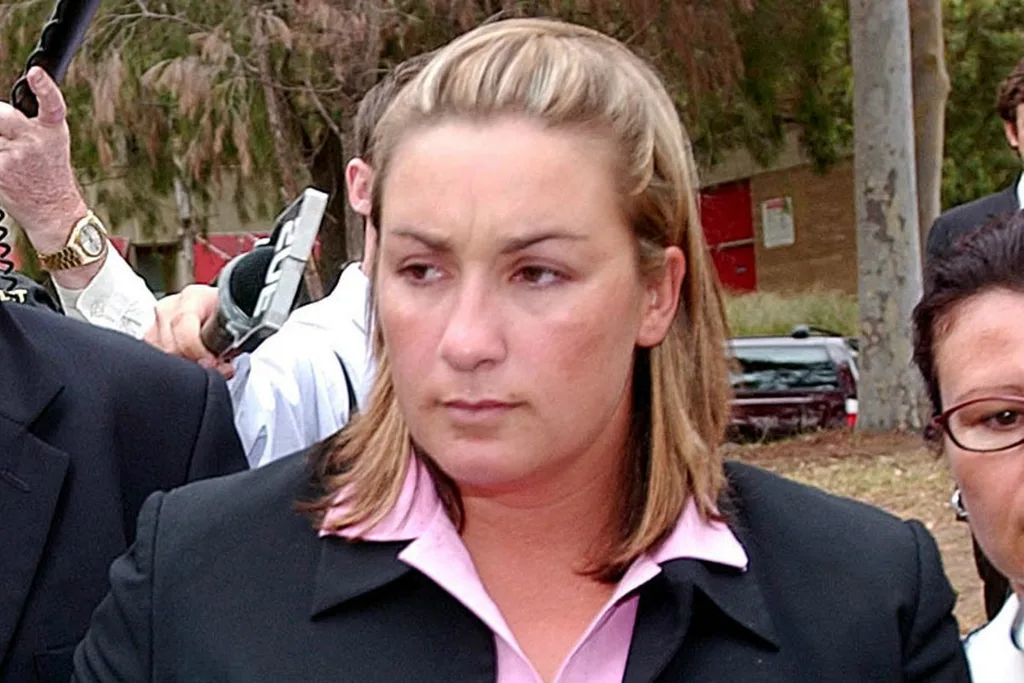
Keli Lane, 2010
Keli Lane, a former Australian water polo player, was convicted of the 1996 murder of her newborn baby Tegan, though no body has ever been found. Lane has always claimed she gave the child to a man by the name
of “Andrew Morris” or “Andrew Norris”, who she says was the child’s father. She is serving an 18-year prison sentence and will be eligible for parole on May 12, 2024, after serving a period of 13 years and five months in custody.

Ashlee Jean Polkinghorne, 2014
Four-year-old Chloe Valentine died from at least 39 injuries to her body after being repeatedly forced to ride a 50kg motorbike. Her mother, Ashlee Jean Polkinghorne, filmed her crashing into various objects and together with her partner, Benjamin Robert McPartland, failed to call an ambulance for eight hours after Chloe became unconscious. Chloe had been the subject of more than 20 notifications to Families SA in her short life. Polkinghorne, then 22, was released on parole in May after serving more than five years of a seven year jail sentence.
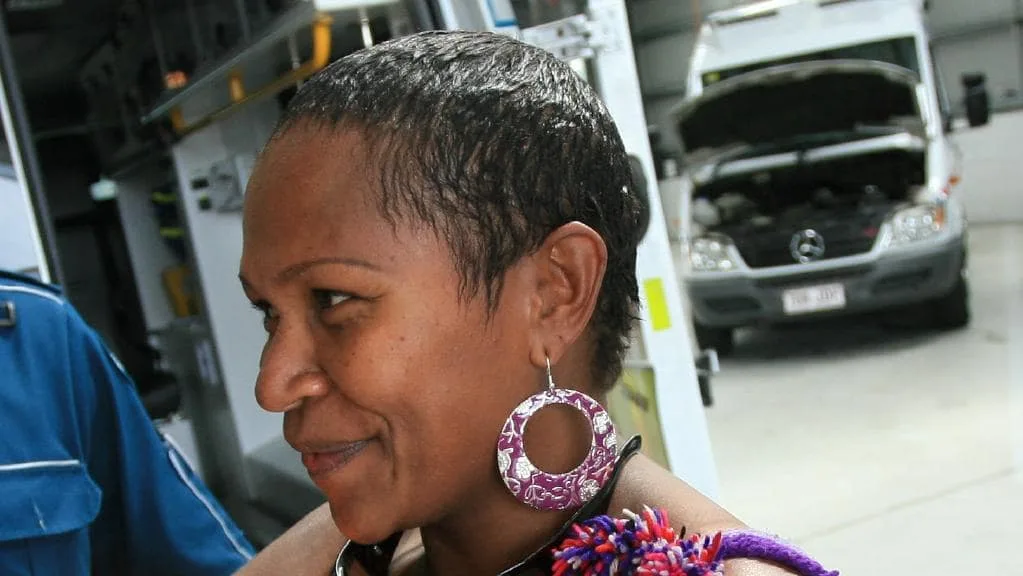
Raina Thaiday, 2014
In one of Australia’s worst mass murders, Cairns mother Raina Thaiday stabbed her seven children and her niece – four girls and four boys aged between 27 months and 14 years – to death. After being found to su er from schizophrenia, she was con ned to a mental health institution.
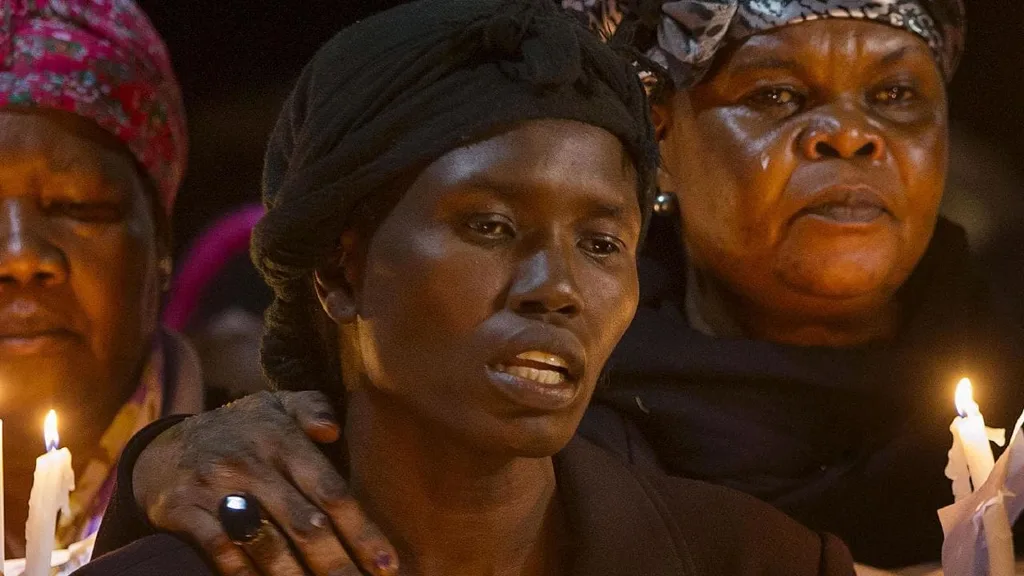
Akon Guode, 2015
Akon Guode was sentenced to 26 years and six months’ jail for killing three of her children, twins Hangar and Madit, 4, and Bol, 17 months, when she drove them into a lake in Melbourne’s outer south-west. She also pleaded guilty to the attempted murder of daughter Alual, 5, who survived after she was pulled from the water.
This article originally appeared in the August issue of marie claire.
Shocking new research shows biological mothers are the largest offender group and the number of child victims is growing every year. Why are we ignoring this national tragedy?
Shocking new research shows biological mothers are the largest offender group and the number of child victims is growing every year. Why are we ignoring this national tragedy?
